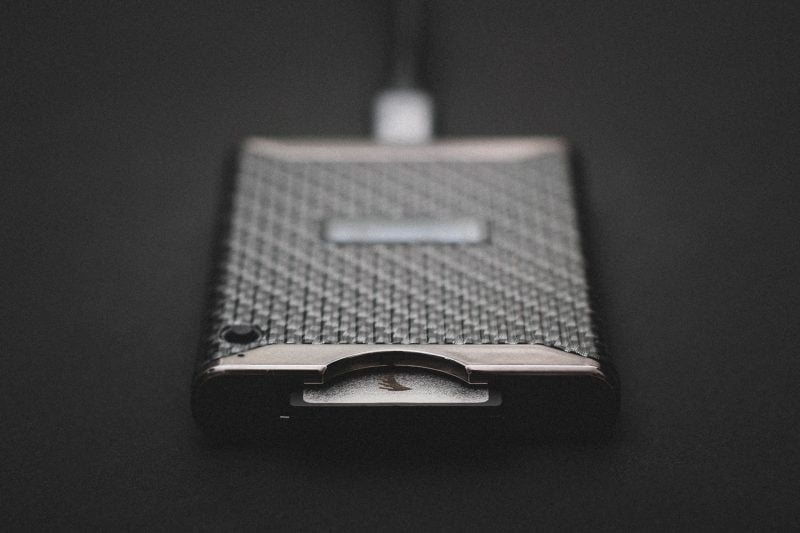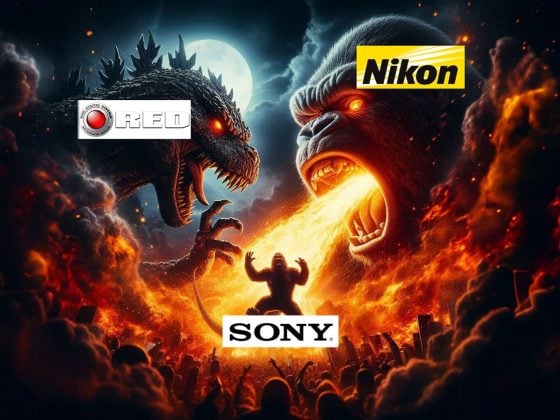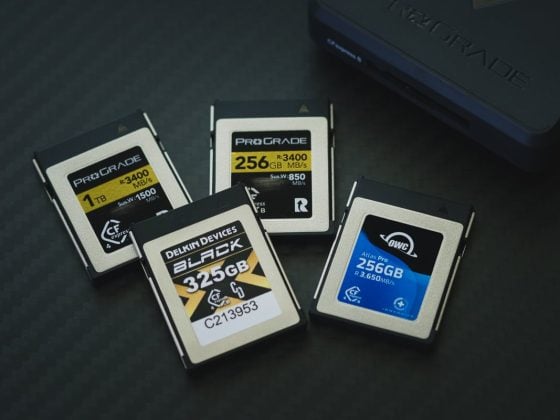CFTek recently contacted me to share their cool little smart memory card reader for the CFexpress Type B memory cards. They sent me a few test samples, and what was really cool is that they didn’t ask me to do a review or want anything from me, which is rare. However, since one of the nerdy things I do on this site is benchmark memory cards, this little reader has already proven to be invaluable, so I’m going to review it anyway.
This is not a sponsored article or a paid article. CFTek sent me some of their readers to try out, no strings attached.
Learn more about this CFTek and the CFTek Trimmer at their website. CFTek.co.kr
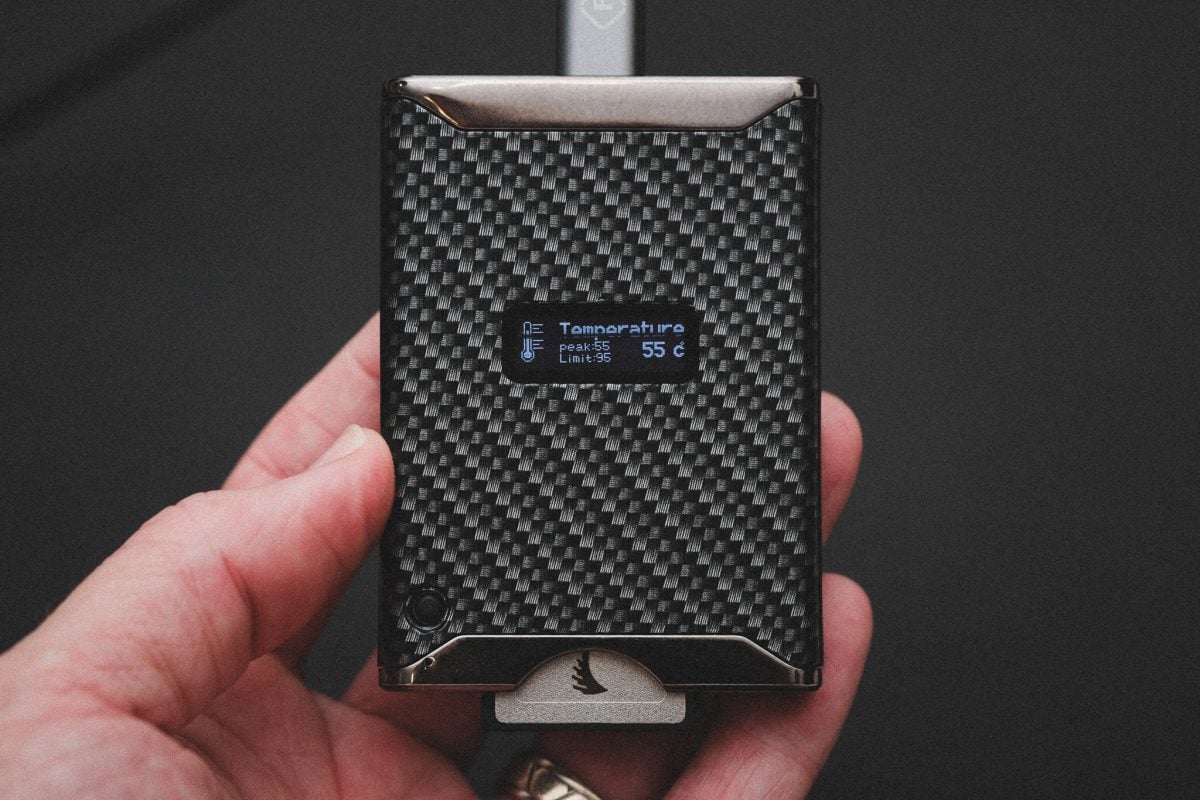
What makes CFTek reader so special?
For one, it has a feature that can help restore or correct the way the cards handle some of the worn-out TLC flash memory that happens as they age, and this can improve speed.
It also has a monitor that displays the card’s lifespan on a scale of 0-100%. This is useful as many of us will likely be using the same cards for years to come.
In addition, other useful analytics can be displayed, such as the speed of the card, the speed of the connection, the firmware of the cards, and the temperature.
Basically, if you shoot a lot and have a lot of cards or older cards and want something that can help you keep track of each card’s life and performance, this little reader is a must-have.
Let’s get into the review, what I like, what I don’t like, and whether you should buy it.
CFtek Trimmer Review
I would absolutely buy one of these or two if I didn’t own one already. However, my use case is unique since I actually benchmark most cards for this site. I also own about eight other CFexpress type B readers, and I can say that nothing is like this.
Is this Memory card Reader right for you?
Let’s look at some of the pros and cons of this reader.
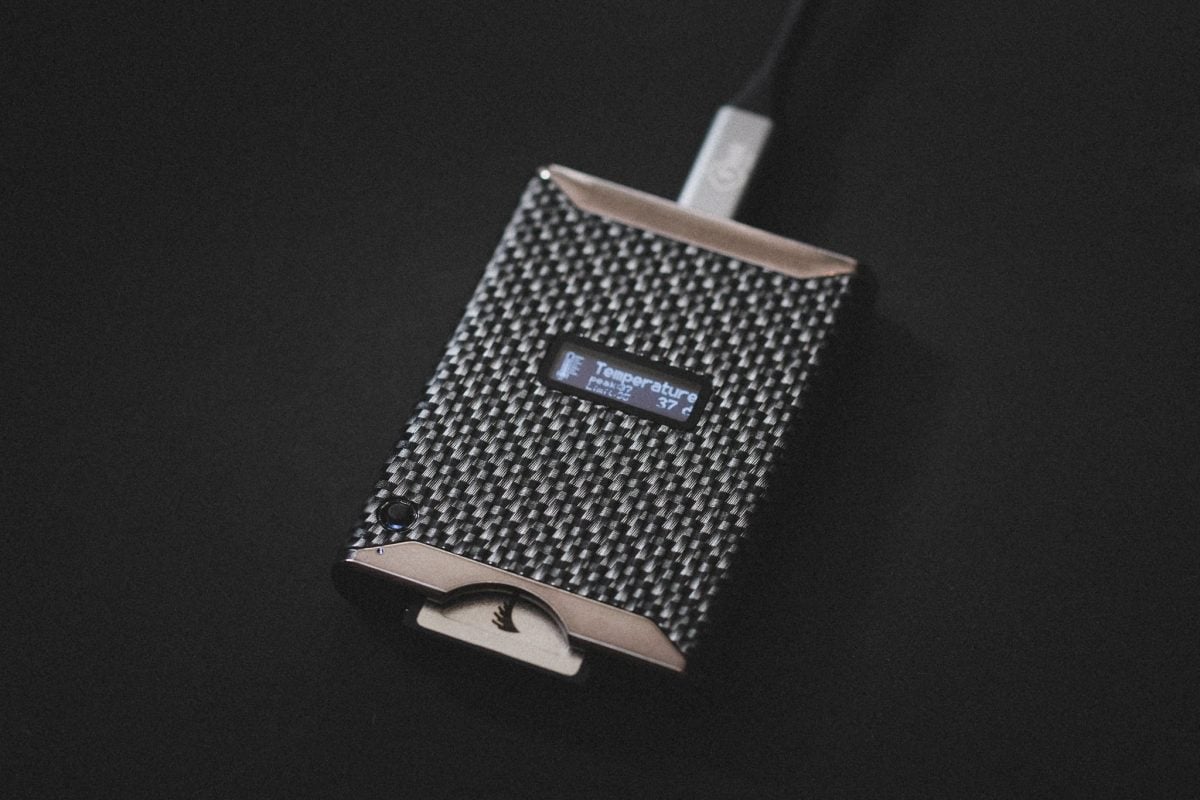
Pro’s
The reader supports USB 3.2 Gen 2×2 – After giving up on Mac and building a PC that’s more powerful at less than half the cost, I can now take advantage of these 20Gbps speeds when copying large files internally to my m.2 drives, the boost is noticeable. If you have a PC with USB 3.2 2×2 this 20Gbps reader is a lot less expensive than the 20Gbps Thunderbolt options.
Temperature Monitoring – While being around for about five years now, CFexpress type B memory cards are constantly changing and improving, but many still have thermal issues. It’s such a problem that even new cameras like the Nikon Z9 and Nikon Z8 will give you memory card heat warnings that are independent of the actual camera heat warning.
When benchmarking memory cards, sometimes some cards get so hot that I physically cannot touch them after doing the thermal throttling test. So this will allow me to check the temperature of each memory card after a certain time to see if they are going to be a good fit for some camera models. This is much easier than the thermal IR camera that I just started testing with or using third-party software on Windows 11.
Measure The Life Of Each Card – I switch between cards and brands a lot since I’m always testing different things, but if you’re using older cards, it’s still really cool to be able to plug in your memory card and do a health check. If your card is having problems, this will give you some indication as to what’s wrong, and it might even improve performance.

Firmware Check – Some cards do give you the ability to update the firmware, so this will give you an idea of what firmware is installed on your card before sending it in or going through the firmware installation process locally, which sometimes can be a little bit of a hassle.
A Built-In Display With A Button – The CFTek reader has a single button that you use to cycle through the different features and a little display that shows you the settings. You do need to read the instructions because to check the temperature of a card, you have to press the button 7 times in a row – the temperature monitor won’t just display as part of the regular menu cycle.
Con’s
Build Quality Is Not Up To Par – It’s pretty much all plastic and kind of thin plastic, which is not necessarily a bad thing since this makes it one of the lightest and more compact CFexpress Card Readers. However, we are seeing a lot of these readers built out of aluminum now or a more robust plastic, and some readers, like the readers by Prograde, come with magnetic bases with a rubber lining.
If you’re looking for something more rugged that might get dropped, banged up, or beat up, this would not be my first option, but if you’re looking for a slim, very light reader, this can be a nice option.
No UHS-II SD Memory Cards – If you have a camera like the original Nikon Z6, Z7, or Z9 series that only takes CFexpress memory cards, then this is fine. However, many of the cameras offering CFexpress type B are now also offering UHS-II SD memory card slots as well and most brands have released new readers that can take both cards, albeit, most do not offer 20Gbps speeds.
Bottom Line
CFtek is a very fast little reader that offers some pretty cool features at your fingertips. It’s especially great for Mac users who don’t have access to all the programs like CystalDisk Info or the other great SSD monitoring utilities.
But if you’re on a PC, the 20Gbps speed is also really nice if you have the USB 3.2 gen 2×2 USB-C port and are copying to a fast internal M.2 drive – that you can upgrade at any time you want during the life of your computer as they get faster and cheaper because you’re on a PC. Plus, having that handy little display with some built-in tools to keep your CFexpress cards performing their best is also really nice.
You probably already have a CFexpress reader, but having this little tool can still be useful especially if you have a lot of older CFexpress cards that you want to do health checks on or to restore.
Check out this overview video from CFTek, which shows all the features of the card reader.
| **This website contains affiliate links. We will earn a small commission on purchases made through these links. Some of the links used in these articles will direct you to Amazon. As an Amazon Associate, I earn from qualifying purchases. |

